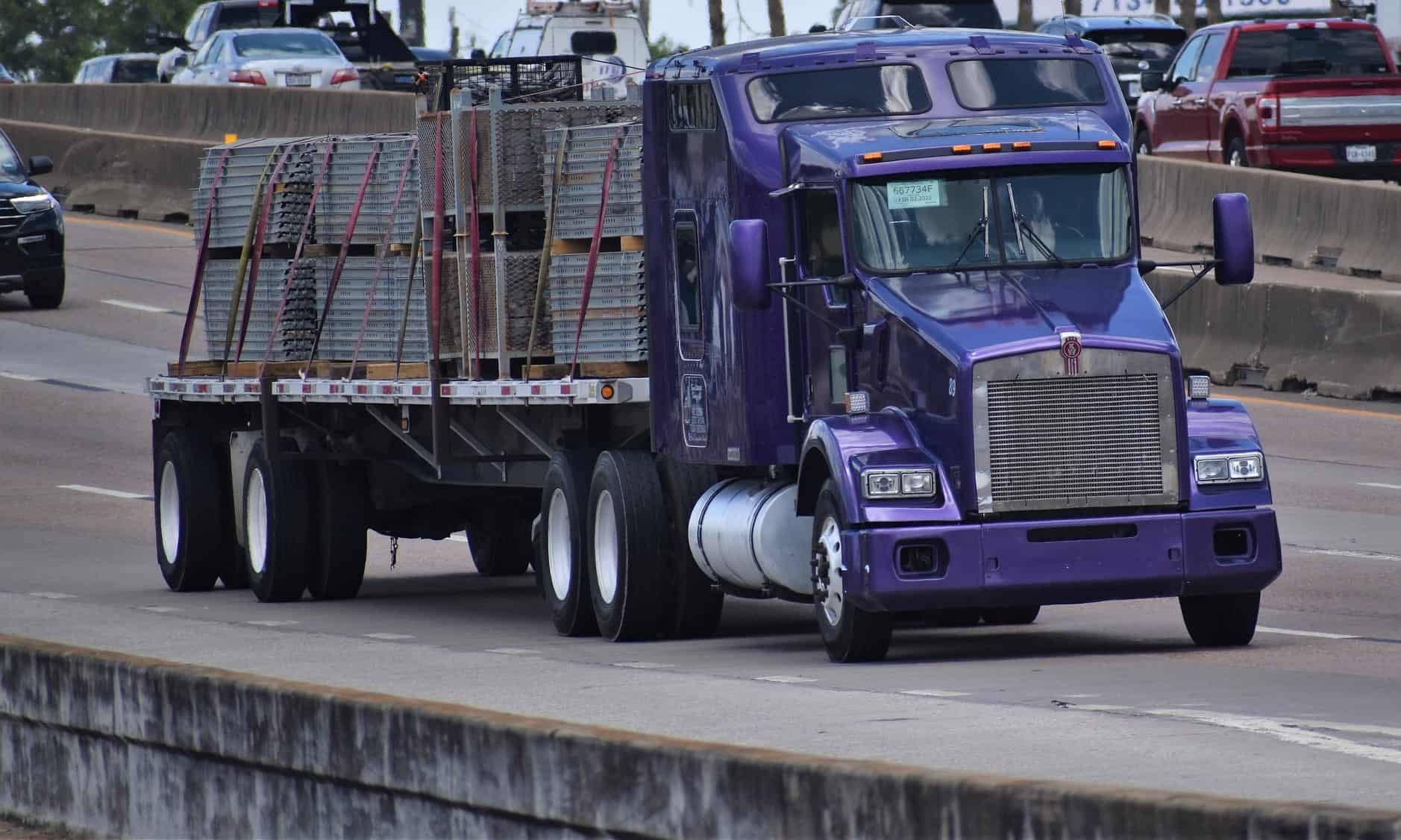Most modern truck drivers are required to use electronic logging devices while operating their work trucks. While both drivers and the businesses they work for are already familiar with requirements regarding the use of ELD devices, compliance remains a consistent challenge for some companies.
To help simplify ELD compliance and encourage driver buy-in, the team at FreightWaves Ratings has created this compliance roadmap.
Below, we’ll examine 9 ways that you can incentivize drivers to adhere to relevant ELD requirements so that they and your business can avoid any of the negative repercussions associated with non-compliance.
What is ELD Compliance?
The Federal Motor Carrier Safety Administration (FMCSA) has mandated that commercial drivers use electronic logging devices while operating their work vehicles. This mandate applies to all drivers who are required to maintain records of duty status (RODS) and/or hours of service (HOS) records.
From the perspective of business owners and fleet managers, ELD compliance refers to any actions individuals must take to ensure that drivers are provided with and using their logging devices. These compliance-related activities may include issuing equipment, auditing ELD logs, and training employees on the use of the technology.
How Does the ELD Mandate Work?
According to the FMCSA, the mandates relating to ELDs apply to “most motor carriers” that are required to maintain the aforementioned logs. In addition, drivers are required to have the following items onboard their commercial vehicle:
- The User Manual
- Instruction Sheet that Describes Data Transfer Processes
- Instruction Sheet Outlining Driver Response in the Event of an ELD Malfunction
- Blank RODS Graphing Grids
Failing to keep these documents in your truck can lead to fines and other penalties, such as being barred from the road. Therefore, it is critical that businesses proactively achieve and maintain ELD compliance.
9 Ways an ELD Can Simplify Compliance
To simplify compliance and improve employee buy-in, business leaders should do the following:
1. Leverage Automated Reporting
ELD software includes various automated report-generating tools. Business leaders must use these tools, as the insights they provide will help operators verify that drivers are appropriately using their assigned ELD devices.
These reports will reveal gaps in logs, HOS violations, and other issues. Once these issues are identified, organizational leadership can take corrective actions to remedy the problems.
2. Audit Your ELD Program
Regular audits are integral to the success of your ELD program. During audits, you should randomly review driver logs and other records to verify:
- Devices Are Functioning Properly
- All Drivers Are Using Their ELDs
- Staff Is in Compliance with the Hours of Service Limitations
Audit frequency should be adjusted based on the needs and size of your business. You should consider conducting monthly or quarterly audits if you operate a large fleet with 100 or more vehicles. Conversely, businesses with smaller fleets may be able to conduct audits less frequently.
3. Use Video
On their own, ELDs can significantly improve your ability to manage your fleet and drivers. However, when these devices are paired with video recording equipment, you can better document your drivers’ habits and actions behind the wheel.
You can also verify that your drivers are using their ELD equipment and ensure compliance with FMCSA mandates.
4. Reinforce Your Policies with Drivers
It is critical that drivers clearly understand a company’s policy regarding the use of ELDs. On that note, you should periodically send out refreshers to drivers via email or other internal communication channels on policy updates or standards and practices.
You should also review your policy to ensure that it accurately reflects your expectations regarding the use of ELDs. This review will help keep everyone on the same page and prevent inadvertent compliance issues.
5. Incentivize Drivers
If you want to incentivize drivers to assist with ELD compliance, we suggest creating a rewards program. This program should focus on identifying employees with the best driving habits and then rewarding those individuals. You can issue quarterly or monthly awards such as gift cards to local restaurants or pay bonuses.
6. Resolve Unassigned Logs
Investing in quality ELDs and the associated software will help you resolve unassigned logs. Each device can be assigned to a specific vehicle and/or driver, which makes unassigned log-related compliance issues a thing of the past.
Once your ELD program is up and running, you can quickly access driver logs by punching in a few simple commands on your laptop or mobile app.
7. Provide Regular Ongoing Training Sessions
While ELD devices are relatively simple to use, you should still provide your employees with training on the technology. This training will improve buy-in and enhance ELD compliance. You should administer training during your program’s initial rollout and provide follow-up sessions anytime you update or modify your ELD equipment.
8. Update Policies on Hours of Service
When you adopt ELD technology, you must update your HOS policies. These policies should outline when drivers are required to use ELDs, how you plan to monitor ELD data, and what controls are in place to prevent drivers from going over their hourly limits.
Clear and concise policies will help improve buy-in and reduce friction among your staff during the implementation of ELDs.
9. Remind Drivers of the Benefits of an ELD for Compliance
Drivers are more open to using new technology when they know how it will improve their work experience. With that in mind, drivers should be clearly shown the benefits of ELD compliance. You should highlight both business and individual benefits, so drivers understand why the company is investing in ELD solutions and how they help them.
Choosing the Best Driver ELD for Your Business
Now that we have covered the basics of improving ELD compliance, it is time for you to find the perfect devices for your business. Whether you are implementing ELDs for the first time or need to upgrade your current tech, conduct your own thorough research before settling on a solution.
If you would like some support in choosing your ELD solution, we invite you to check out this guide. By using the strategies outlined in our guide, you can find the ideal ELD for your fleet. You might even be able to get your hands on some free hardware from a leading company in the process.
FAQ
The term “compliance” refers to the process to ensure that your drivers are adhering to relevant FMCSA guidelines regarding the use of ELDs.
If your ELD system goes down, drivers will need to temporarily revert to paper RODS and HOS documentation practices. The FMCSA requires drivers to keep RODS graphs in their commercial vehicles in case of an ELD outage.
Top companies like Motive voluntarily report to the Department of Transportation to ensure that their ELDs comply with relevant FMCSA standards.


